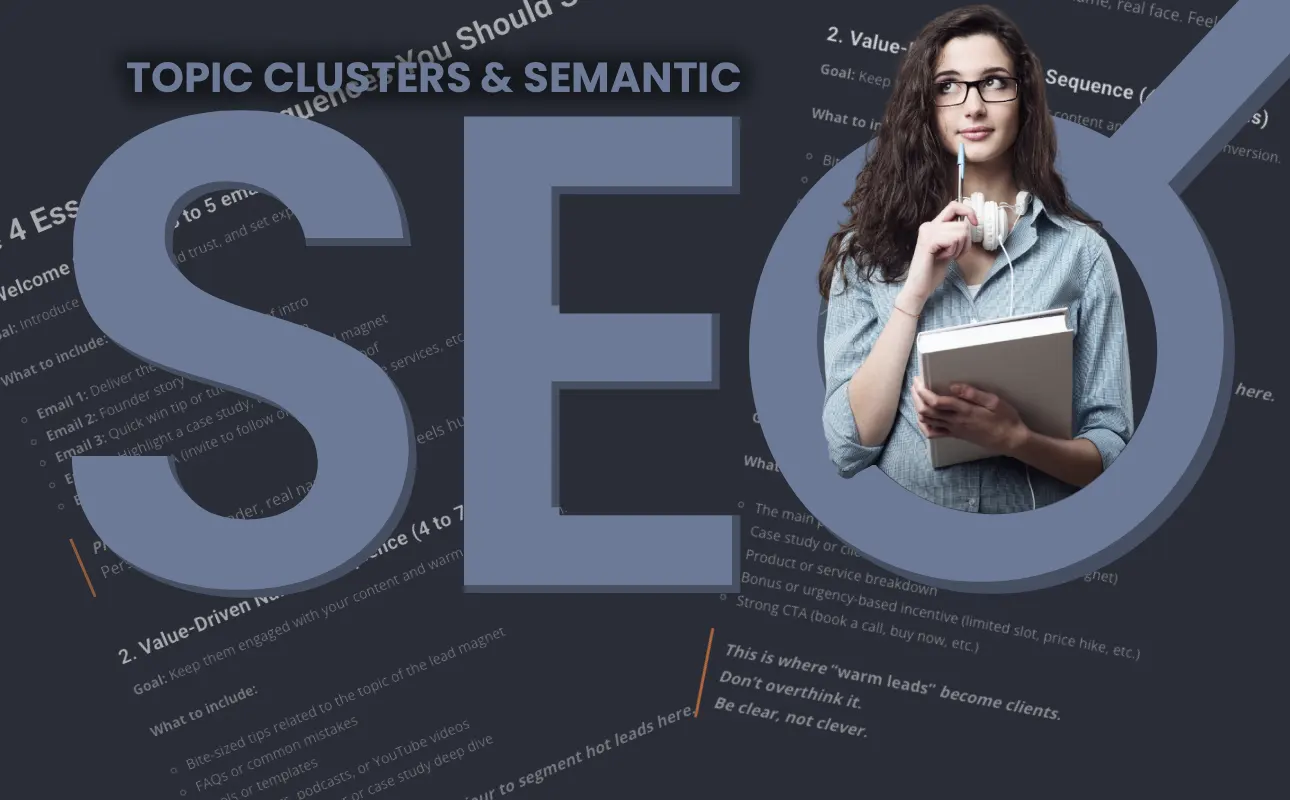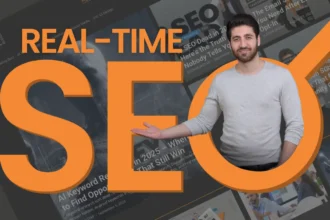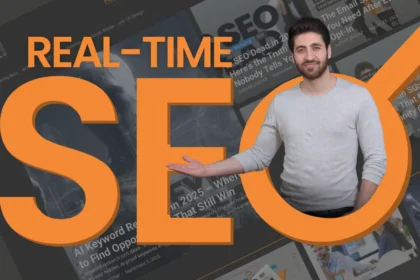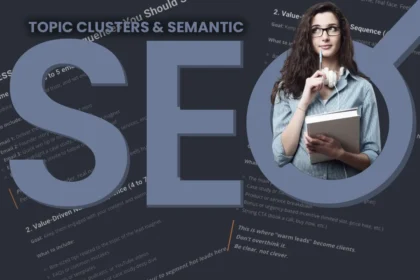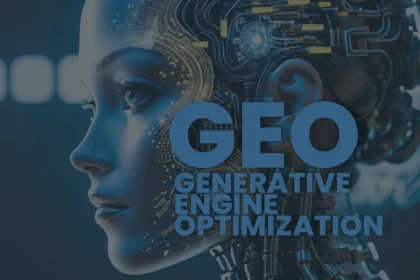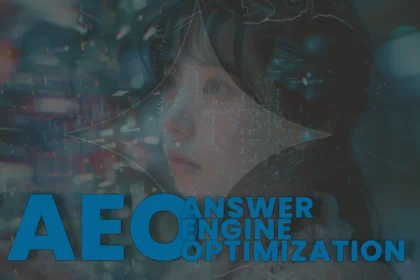Ranking for a single keyword used to be enough. In 2025, it’s not even close. Search engines and AI engines now prioritize authority, context, and semantic depth. They want to see not just onearticle on a topic, but a web of interlinked content that proves your expertise. This is where Topic Clusters and Semantic SEO come in.
In this blog, we’ll cover:
- Why clusters matter more than ever in the AI era
- How semantic SEO signals authority to search + AI engines
- A step-by-step framework for building clusters
- A case study of HubSpot’s cluster strategy that changed the game
What Are Topic Clusters & Semantic SEO?
Topic clusters are groups of interlinked content built around a central “pillar” page.
- Pillar Page: Covers the broad topic in depth (e.g., AI Keyword Research in 2025).
- Cluster Pages: Support the pillar by targeting related subtopics (e.g., Best AI Keyword Tools, Topic Clusters with AI, GEO vs AEO).
Semantic SEO means structuring content so that search engines and AI can understand the relationships between concepts and not just isolated keywords.
Together, topic clusters + semantic SEO = topical authority.
“In 2025, authority beats keywords. Clusters prove you’re the expert.”
Why Clusters Matter in 2025
Search has shifted:
- AI engines like ChatGPT and Perplexity pull from context-rich sources.
- Google’s algorithm rewards topical authority, not random standalone posts.
- Clusters keep users on your site longer, signaling engagement + trust.
In short: a blog without clusters is like a library with only one book.
The 3-Part Cluster Framework
1. Choose a Pillar Topic
Pick a theme directly tied to your business.
Example: AI SEO in 2025.
2. Create Supporting Cluster Content
Each subtopic answers a narrower question:
- “AI Keyword Research in 2025”
- “Answer Engine Optimization (AEO)”
- “Generative Engine Optimization (GEO)”
- “E-E-A-T in AI SEO”
3. Interlink Everything
- Pillar page links out to all clusters.
- Clusters link back to the pillar.
- Clusters cross-link to each other where relevant.
This creates a semantic map that signals expertise.
Case Study: HubSpot’s Inbound Marketing Cluster
HubSpot pioneered the content cluster model — and it transformed their SEO.
They built a pillar page on Inbound Marketing, supported by dozens of clusters:
- Lead Nurturing
- Email Automation
- Conversion Funnels
Result? HubSpot dominates search results for some of the most competitive terms in digital marketing.
Even in 2025, their strategy remains the gold standard:
- Pillars establish breadth.
- Clusters prove depth.
- Interlinking builds semantic authority.
This is why HubSpot still gets cited in AI-generated answers today.
Your Action Plan for Topic Clusters & Semantic SEO
Here’s how to get started:
- Identify 2–3 pillar topics aligned with your services.
- Map 5–7 supporting cluster blogs for each pillar.
- Publish your pillar first, then roll out supporting blogs weekly.
- Interlink aggressively (pillar ↔ clusters ↔ clusters).
- Update quarterly with new stats + examples.
Or, save the trial and error — request a Free AI SEO Audit, and we’ll build your cluster map for you.
Conclusion
In the AI era, single blogs don’t win. Clusters do. By combining topic clusters and semantic SEO, you create the authority signals that both Google and AI engines crave.
The result:
- Stronger trust with your audience.
- More visibility across search engines.
- Higher chances of being cited in AI-generated content.
Not sure how to structure your content into clusters?
Download our AI SEO Playbook for templates and step-by-step guides.

Not sure how to structure your content into clusters?
Download our AI SEO Playbook for templates and step-by-step guides.

